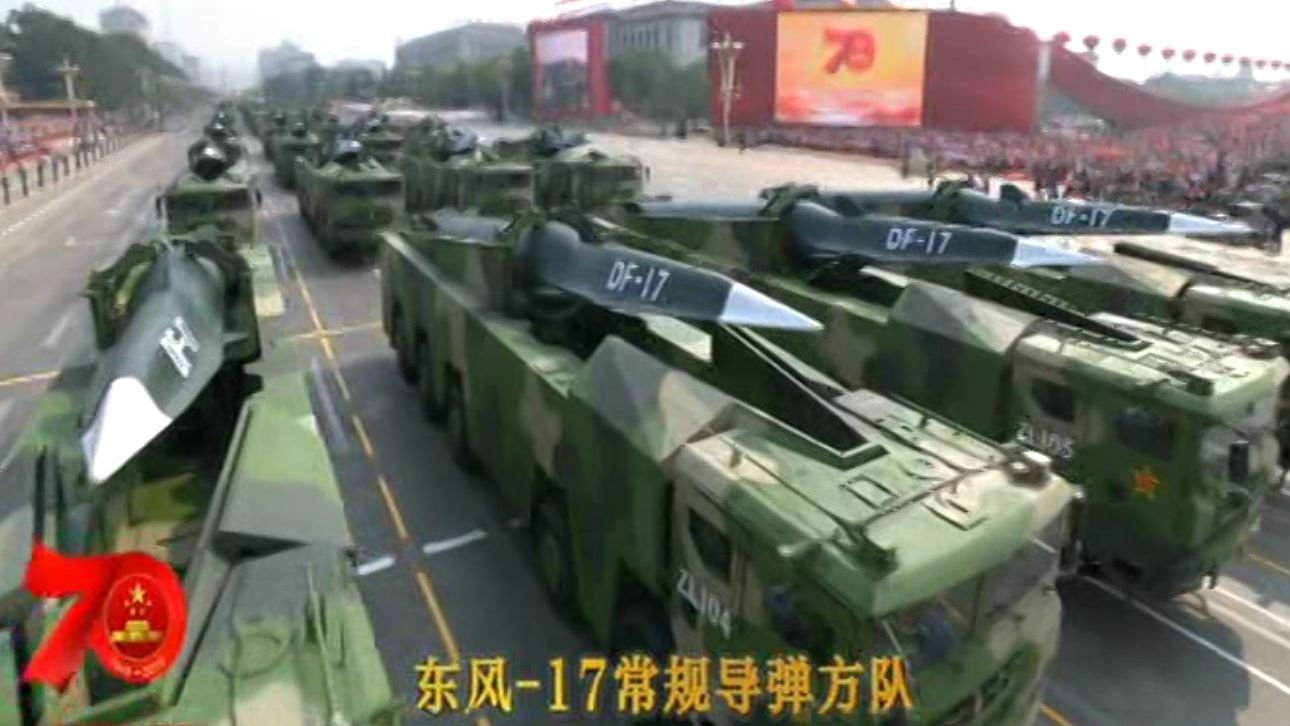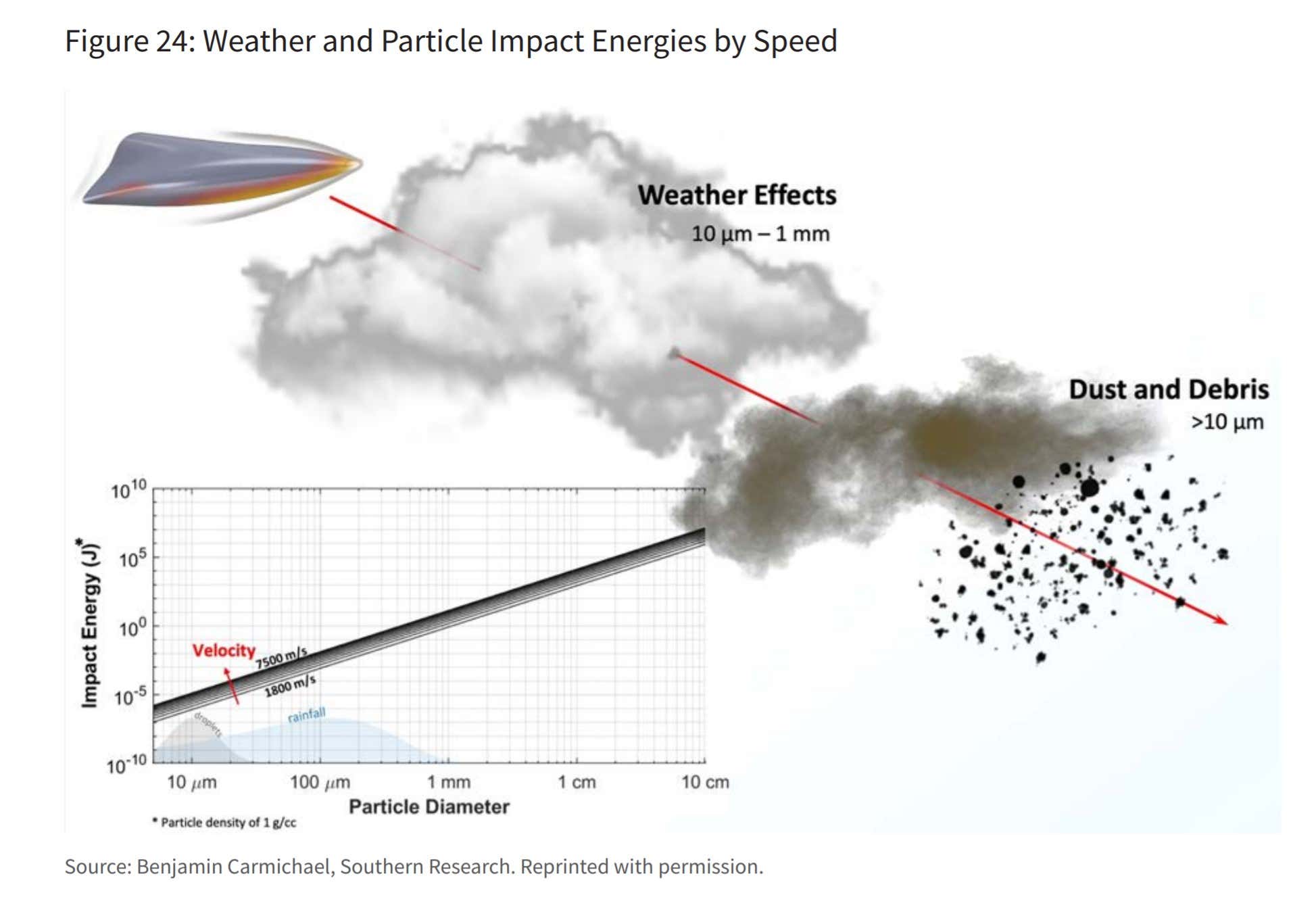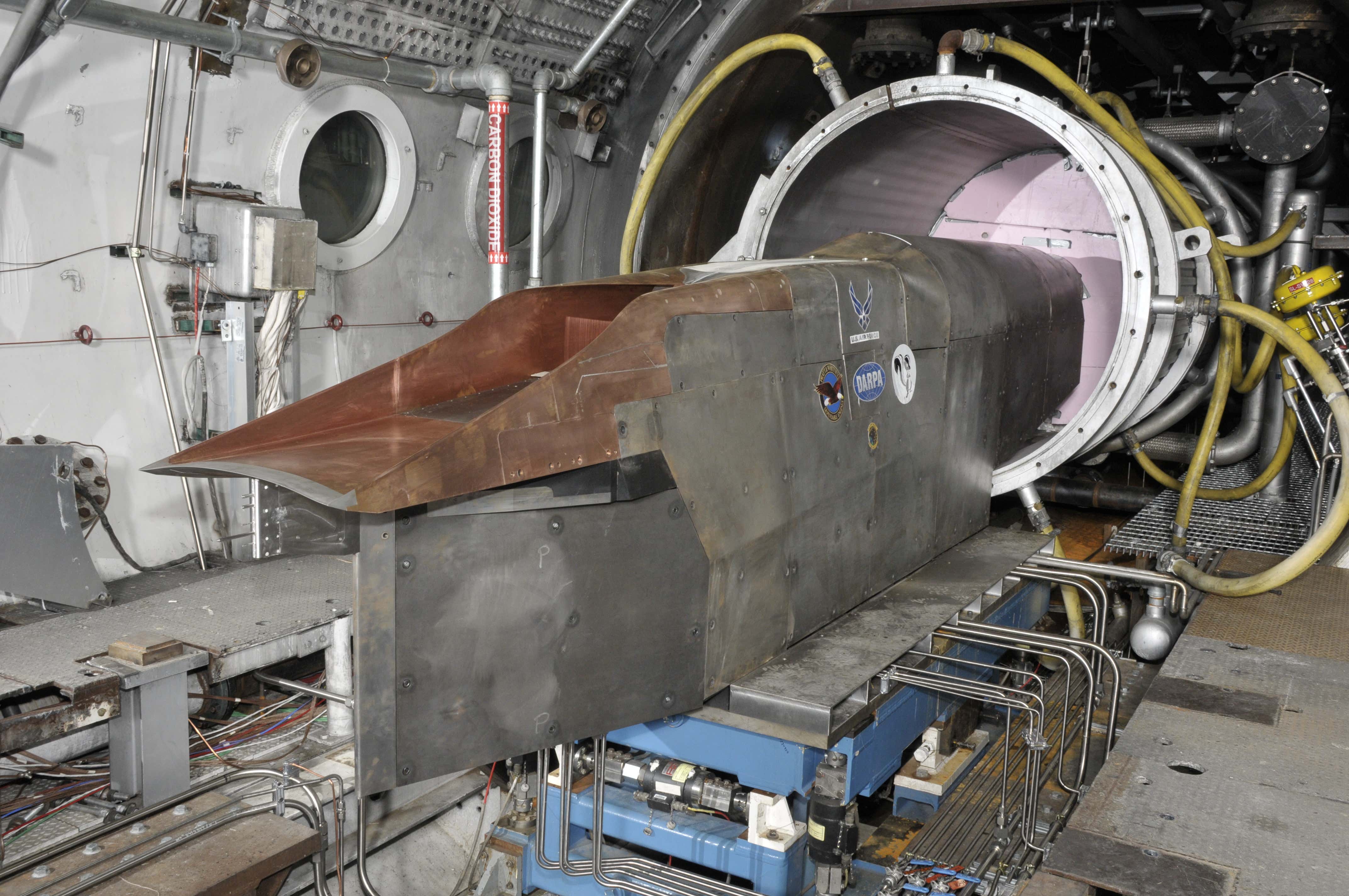Hypersonic weapons are creating a lot of buzz in military circles across the globe. Russia has become the first nation to use its newest Kinzhal hypersonic missile in the Ukraine war while China continues to gather momentum in the technology.
US Marines’ F-35B Thwarted Attacks By Chinese-Designated Stealth Fighters In One Of The Biggest War Drills In Indo-Pacific
Earlier, a new report published claimed that the clouds of small particles in the sky, dubbed “twenty-first-century flak” could contribute to the defense against hypersonic threats.
The Center for Strategic and International Studies (CSIS), a Washington DC-based think tank, has released a white paper advocating that the US government should invest more money in hypersonic weapon defense capabilities and explore unique techniques to counter these emerging risks.
The authors of this report suggest that since most current ballistic missile defense systems are inadequate in countering hypersonic threats, new methods are required that “should exploit hypersonic weapons’ unique vulnerabilities and employ new capabilities” to thwart them.

The concept is similar to what US strategic planners proposed during the Cold War with the Soviet Union. Nuclear charges were proposed at the time to be placed around places where US intercontinental ballistic missile silos were positioned. In the event of a nuclear exchange, the explosives would detonate minutes before the Soviet nukes struck.
With hundreds of thousands of tonnes of radioactive dust in the air, enemy reentry vehicles approaching at high speeds would be disabled by the particles, allowing American missiles to be used in retaliation.
Reentry vehicle nosetip after flying through rain at Mach 10, Sandia photo. One of the many engineering challenges to consider when designing hypersonic weapons. pic.twitter.com/yjh2zSYGLv
— Masao Dahlgren (@masao_dahlgren) February 1, 2022
The modern-day version would employ the same notion of exposing a fast-moving weapon to a cloud of dust that it was not equipped to endure. “Absent heavy mitigation measures, disruption of the hypersonic flow field could lead to progressive deterioration of performance or a mission kill, if not outright catastrophic failure,” the report said.
The particles will be designed to stay airborne in the thin upper layer of the atmosphere, where hypersonic gliders move, needing less precision in the countermeasure’s timing. The artificial dust could be metallic, pyrotechnic, or made of various materials, and it could also be launched from a missile or an airborne platform.

“Given the higher speeds earlier in the flight of a hypersonic glider, a ‘wall of dust’ would be more effective earlier rather than later in its flight,” the report said.
Other options for dealing with hypersonic weapons, such as gliders and cruise missiles, were examined in the white paper. They included anything from positioning anti-missile capabilities in such a way that enemies would be forced to devise less favorable attack trajectories to unleashing intense microwaves to fry the missile’s electrical components, and even attempting to destroy them with laser guns.
The CSIS report recalls many previous tests undertaken by the Space and Missile Systems Organization (now Space Systems Command) that found that when reentry vehicles were approaching at high speeds, dust, rain, and other particles in the atmosphere eliminated large amounts of nose tip material. As a result of this concept, adversaries may be forced to utilize more conservatively designed, heavier, or lower-performance hypersonic systems.
Directed Energy Weapons
The report also provides an overview of directed energy weapons (DEWs), examining how the two most common types, lasers and high-powered microwaves, may perform in the face of hypersonic weapons.
Compared to “dust defense” or traditional kinetic weapons, DEWs have intrinsic benefits. One advantage, according to the report, is that energy-based systems have virtually unlimited munition, and cost per shot can be quantified in cents rather than hundreds of thousands of dollars in some circumstances.
However, the CSIS white paper advises that “even the hundred-kilowatt to megawatt-class powers expected of future laser systems may not be adequate for penetrating hypersonic thermal protection systems.”
Instead, high-powered microwaves demonstrate more promises. HPM has been researched by both the Navy and the Air Force for a number of defensive purposes. These weapons work by sending out intense microwave bursts that can disrupt or destroy electronics within a vehicle or missile.
HPM systems have a shorter range than lasers, thus they may still be used in conjunction with kinetic interceptors, which can kill weapons if their guidance and control circuitry is disrupted by microwaves. Nonetheless, these devices do not require the advanced targeting systems that lasers do, and they are significantly less vulnerable to bad weather.
The CSIS report also mentions “modular payloads”, which are interceptors or other platforms that combine numerous payload types into a single rocket system. A single rocket may carry directed energy weapons, explosion fragmentation explosives, particle “twenty-first-century flak” warheads, kinetic interceptors, and even extra sensors.
These multi-pronged payloads could provide a tiered system capable of engaging hypersonic threats at several points along their trajectories, each with a different method.
America’s Concerns
Chinese and Russian hypersonic missile capabilities have become a key cause of concern for the US. Russia deploys the Avangard, which it claims is a functional hypersonic glider. China is also said to have advanced prototypes of hypersonic missiles.
The EurAsian Times previously reported that CEOs from more than two dozen major military businesses were recently asked by US Defense Secretary Lloyd Austin to accelerate the development of hypersonic weapons. According to two CEOs who participated in the event, Austin spoke about the matter in urgent terms, portraying China as a threat in the sector.

Top officials from Lockheed Martin, Raytheon Technologies, Northrop Grumman, Boeing, Leidos, Aerojet Rocketdyne, BAE Systems, L3Harris, and about a half dozen other defense businesses were part of the meeting, which was chaired by Deputy Defense Secretary Kathleen Hicks. With the release of this new report, these companies may be able to examine a new dimension of hypersonic missile defense.
That said, the idea of “twenty-first-century flak” is still largely academic right now. The development and proper deployment of a space sensor layer and glide phase kinetic interceptor represent the most significant initiatives in this field. These two technologies are currently being developed by the US Missile Defense Agency and other contractors.
- Contact the author at ashishmichel@gmail.com
- Follow EurAsian Times on Google News




